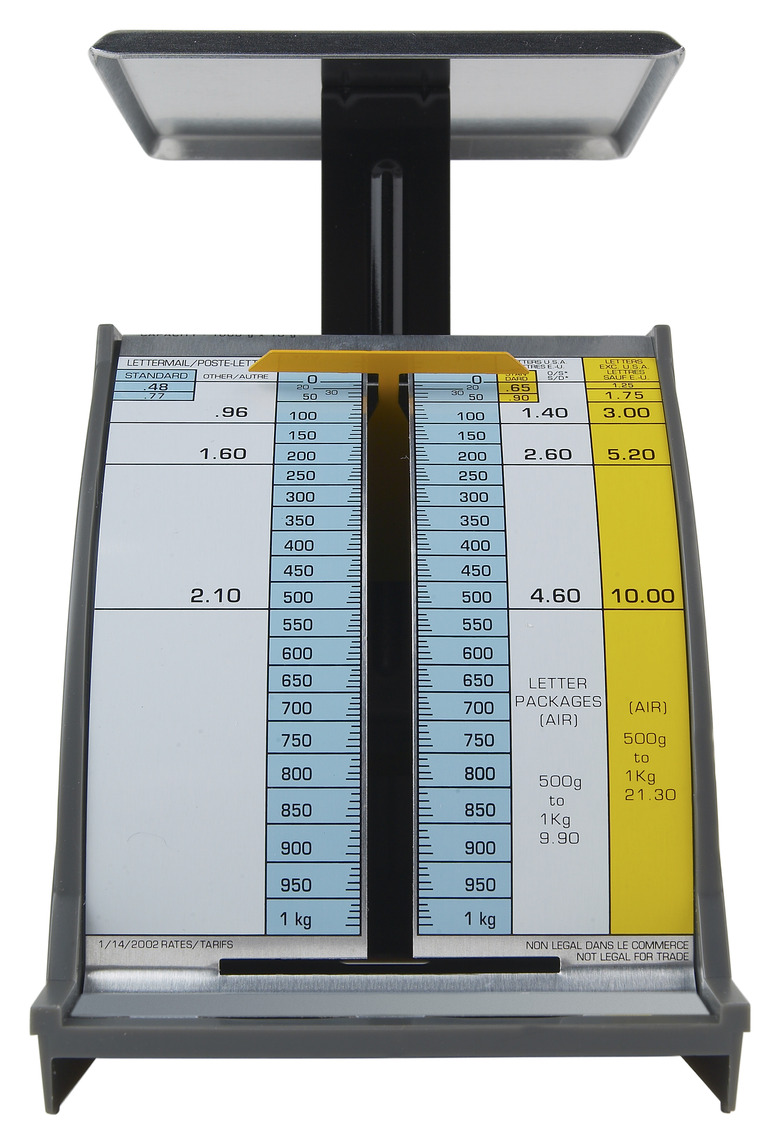How The Mass Of An Object Affects Its Motion
Sir Isaac Newton first discovered the physical principles underlying the relationship between mass and matter in the late 1600s. Today, mass is considered to be a fundamental property of matter. It measures the amount of matter in an object, and also quantifies the object's inertia. The kilogram is the standard unit of measurement for mass.
Mass and Weight
Mass and Weight
While mass is measured in kilograms, a unit that is also used for weight, there is a difference between mass and weight. An object's weight (w) is defined by its mass (m) times the acceleration of gravity (g), expressed in the formula w = mg. This means that when gravity changes, so does an object's weight. For example, even if your mass remains constant, your weight on Earth is six times greater than your weight would be on the moon, which has a weaker gravitational pull.
Inertia
Inertia
Galileo first postulated the concept of inertia in the 17th century, and in his first law of motion, Sir Isaac Newton further developed Galileo's observations. According to the first law, without the intervention of an external force, objects in motion will continue to move at the same speed in a straight line. Objects at rest, on the other hand, will remain at rest unless an external force moves them. This tendency to resist changes in motion is known as "inertia," and it is directly related to the object's mass. The more massive an object is, the more it resists changes in its motion.
Momentum
Momentum
Momentum occurs when an object is in motion, and can be transferred from one object to another when the two collide. It is the combination of mass and velocity, and has a directional quality, pointing in the direction of the object's motion. There is a direct relationship between mass and momentum, meaning that the greater an object's mass, the greater its momentum will be. Increasing an object's velocity will also result in increased momentum.
Acceleration
Acceleration
When an external force acts on an object, the change in the object's motion will be directly related to its mass. This change in motion, known as acceleration, depends upon the object's mass and the strength of the external force. The relationship between force (F), mass (m) and acceleration (a) is described in the equation F = ma. This equation means that a new force acting on a body will change velocity, and conversely, a change in velocity will generate a force.
Cite This Article
MLA
Kramer, Meg. "How The Mass Of An Object Affects Its Motion" sciencing.com, https://www.sciencing.com/mass-object-affects-its-motion-10044594/. 24 April 2017.
APA
Kramer, Meg. (2017, April 24). How The Mass Of An Object Affects Its Motion. sciencing.com. Retrieved from https://www.sciencing.com/mass-object-affects-its-motion-10044594/
Chicago
Kramer, Meg. How The Mass Of An Object Affects Its Motion last modified March 24, 2022. https://www.sciencing.com/mass-object-affects-its-motion-10044594/
